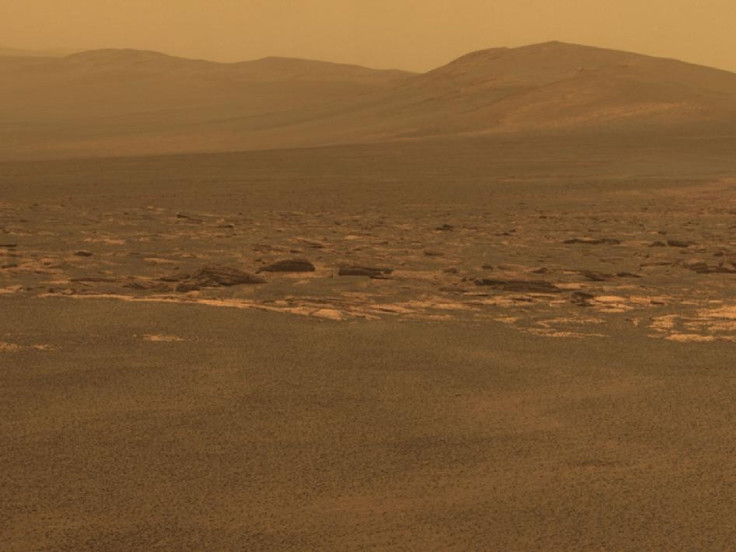Oldest Known Fossils Increase Speculation About Life on Mars

A microbial bacteria fossil may be proof of life before oxygen on Earth 3.4 billion years ago. The Strelley Pool Formation in Western Australia was once a beach but is now more than 100 Km inland and houses stromatolites, which have been preserved there. Stromatolies are layered accretionary structures that form in shallow water through the process of trapping, binding, and cementing sedimentary grains using biofilms and microorganisms.
According to Nature, the structures embedded in black sandstone at the Strelley Pool seemingly have biological origins. Professor Martin Brasier, who was the main researcher in the study, said that 5-80 micrometer structures were found to have evidence of cell walls and spherical, rod, and ellipsoid shapes.
Paleontologists issued a small disclaimer: Since microbes do not have skeletons, they are extremely difficult to evaluate and they have been dated back to ancient Earth using analysis of rocks' microscopic structures and chemical composition, so there is a possibility of error.
Despite this, the oneness of the structures that are thought to be cell walls suggests that newly-found structures are biological, not mineral. The researchers also said that the distribution of iron sulphide surrounding the cell walls seemingly reflects pyrite distribution surrounding modern bacteria.
If the Strelley Pool structures are what they seem to be, they used metabolized sulphur, not oxygen, as a source of energy. By extension, their ability to survive means that life may have existed on Mars.
© Copyright IBTimes 2024. All rights reserved.





















